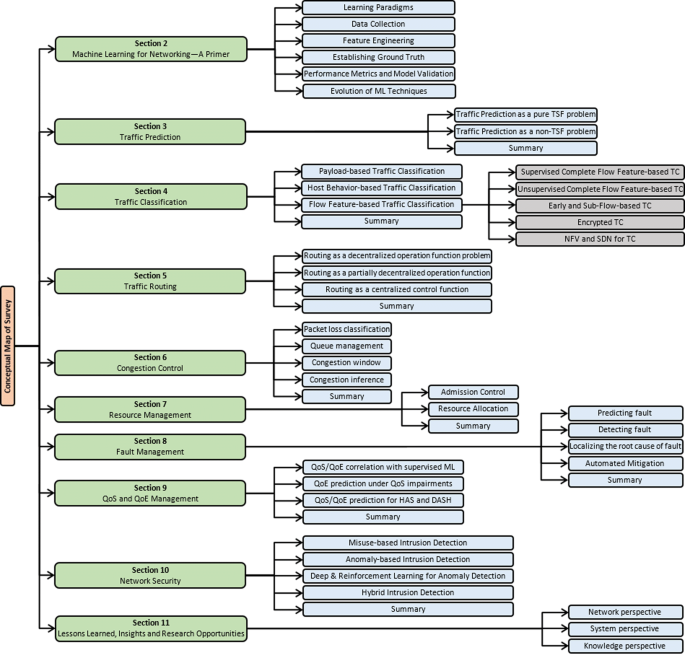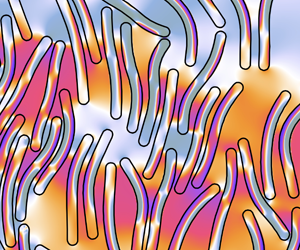
Or compare pre- and post-procedure conditions.
FIRST COMPUTERIZED GRID MAPPING SYSTEM HARVARD 1966 TV
Using a cordless control unit such as a remote TV channel selector, the cardiologist can manipulate images to make immediate assessments, compare live x-ray and road map images by placing them side-by-.side on monitor. "roadmapping," in which freeze-frame images of a blood vessel section aid in guiding the catheter. The Philips system gives the cardiologist direct control of It is the most widely used digital cardiac imaging system, according to the manufacturer, with more than 300 units in operation worldwide, including over 100 in the U.S. by Philips Medical Systems North America Company, Shelton, Connecticut, the DCI offers much sharper real-time images. Designed by Philips Medical Systems International, The Netherlands, and marketed in the U.S. Incorporating image processing technology first developed for NASA's Earth remote sensing satellites. The Digital Cardiac Imaging (DCI) System answers this demand by This growth has fueled demand for higher quality imaging systems to improve accuracy and the odds for success. Use of balloon angioplasty has expanded dramatically over the pastĭecade‹from 12,000 procedures worldwide in 1982 to an anticipatedĥ60,000 in the U.S. When the catheter penetrates a blocked segment, a small balloon at the tip of the catheter is inflated, pushing aside the fatty plaque and clearing the artery.Īlthough not available to all patients with narrowed arteries, the A cardiologist guides the catheter with the aid of an imaging system that shows on a monitor the heart's regions and the catheter as it moves.

The procedure involves threading a thin hollow tube called a catheter directly into a clogged artery. It can be used to treat peripheral vascular disease and may have applications in neurosurgery and orthopedics.Ĭomputer- created "movies" of the heart help doctors to spot life-threatening blockagesīalloon angioplasty is a non-surgical procedure for clearing fattyĭeposits in the coronary arteries that block blood flow and cause heart attacks. Procedures have been performed with the system at 30 hospitals nationwide. Since clinical tests began in 1988, over 2000 coronary angioplasty The Dymer 200+ incorporates NASA- developed switching technology to produce a uniform laser beam that can be controlled and pulsed in as little as 200 billionths of a second to maintain a low working temperature. The laser light is carried through fiber optic bundles within a flexible catheter designed to navigate the complex coronary anatomy. The Dymer 200+ laser angioplasty system is safer than coronary bypass operations and offers wider utility than The excimer is a "cool" laser that uses ultraviolet light energy to operate at 65° C, a temperature human tissue can tolerate. While other types of lasers such as CO2 and nd:YAG have surgical applications, they are too hot for delicate coronary surgery and could damage tissue, cause blood vessel spasms, or create blood clots. The AIS system employs excimer laser technology pioneered at NASA's Jet Propulsion Laboratory (JPL) for remote sensing of the ozone layer.


Further, lasers can help a broader range of patients than the current bypass alternative, balloon angioplasty (see next page), in which a flexible catheter with a tiny balloon at its tip is threaded into the blocked artery and inflated to widen the path for blood flow. Invasive, less risky than a coronary bypass, which replaces clogged blood vessels. Laser angioplasty is less expensive and, because it is minimally In January 1992, the system received Food and Drug Administration approval for treatment of coronary disease. (AIS), Irvine, California, the DymerTM 200+ excimer laser angioplasty system vaporizes blockages in coronary arteries without damaging arterial walls.

These deposits can lead to heart disease, the number oneĭeveloped by Advanced Interventional Systems, Inc. A laser system first used for satellite-based atmospheric studies has been reapplied to treat atherosclerosis, the buildup of fatty deposits - called plaque - in the arteries. Physicians have a powerful new weapon in the war against heart disease, thanks to space technology. The DymerTM 200+ excimer angioplasty system vaporizes blockages in coronary arteries without damaging arterial walls THE BEST OF NASA'S SPINOFFS THE BEST OF NASA'S SPINOFFS


 0 kommentar(er)
0 kommentar(er)
